Print finishing refers to the processes applied to printed materials. These processes may seem insignificant in the entire printing job, but they are the bits and pieces that make the differences in the print products. Appropriate use of print finishing can help your product be more attractive and convincing. Here are some common finishes offering at Wing Hung.
Cutting & Creasing
Cutting and Creasing are very common tasks after printing, from making packaging boxes to a simple name card. A die cutter is used to cut or punch holes on printed materials. When creasing, a blunt blade is used on the die cutter.
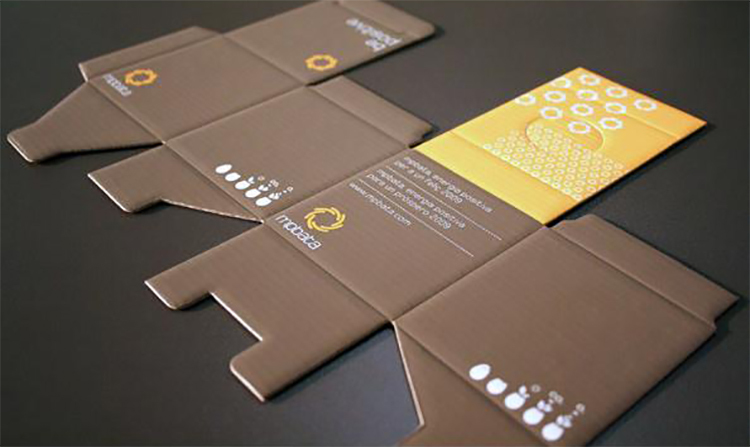
Lamination
Lamination is another common finish is the print industry.
Lamination can either be glossy, matte. Glossy lamination increase print sharpness and colour vibrance, while matte gives a luxury and tactile feel. They both add a layer of protection, extra sturdiness, and water resistance capability to the printed material, and therefore an ideal choice for making book covers and packaging boxes.
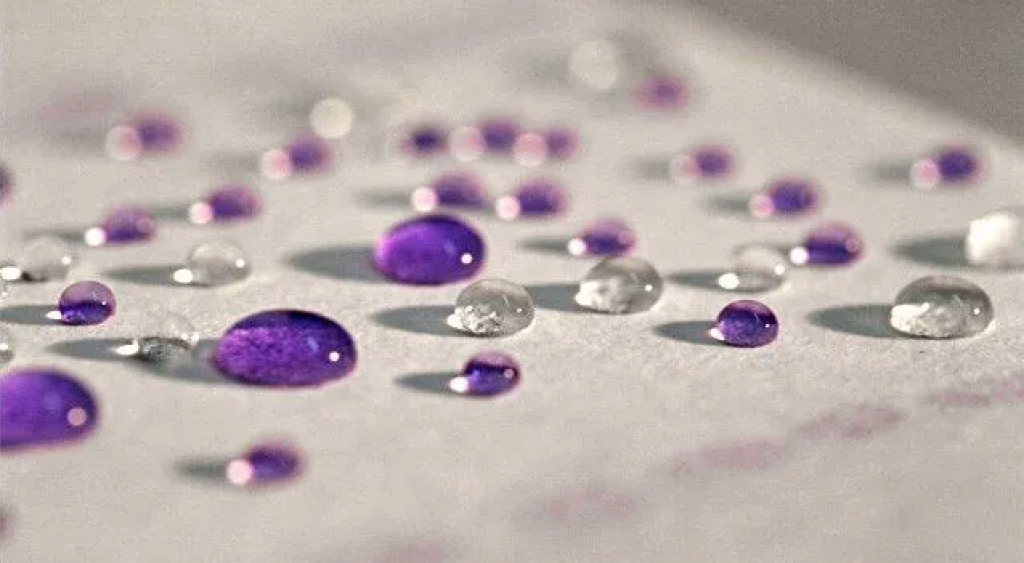
Varnishing
Gloss Varnishing is a shinny layer of coating that improves the appearance of printed photographs or images. The varnishing reflects light and thus making colour more prominent, bright, and vivid. It plays an imperative role in marketing, and it is a common finishing found in magazine and brochure.
Matte Varnishing gives the printed surface a matte appearance. On the contrary to glossy, it softens the appearance of images on prints, making text easier to read and ideal for making books.
Silk Varnishing stands in the middle of glossy and matte. It has a slight sheen on the printed material, but without the mirror-like shine of full gloss. Colour-wise, silk gives your prints a nice middle ground between the vibrancy of gloss paper and the easy reading of matte.
UV Varnishing is a layer of varnish applied on printed material that is dried using ultraviolet technique. It is transparent and full gloss finishing that makes colour more attractive and vivid. There is a special UV varnishing that is called Spot UV Varnishing where varnish is applied at selected or particular areas or spots. It helps designer to highlight an area or text on the printed material, giving that area a shinny look and raised effect. This is a great method to draw attention to a specific area or create an astounding impression on your presentation folder or brochure cover.
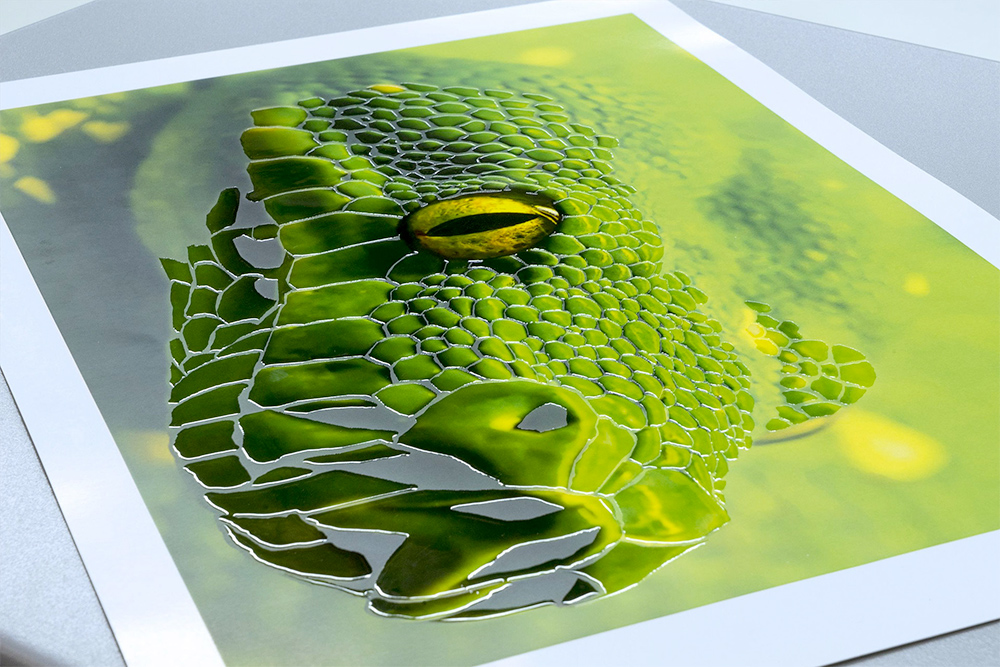
Varnishes have different characteristics and the purpose of applications, but they all provide basic protection for printed material, reduce deinking and the risk of ink transfer to other printed materials.
Foil Stamping
Foil Stamping involves the use of etched die, heat and pressure to apply foil film onto printed material. Foil film comes in many colours and even holographic foil. Foil stamping is widely used to make your printed material look closer to metal than just printing with metallic colour or applying varnishes. Foil stamping can be applied on other substrates such as leather and cloth, but usually requires better skills, more precise stamping time, temperature and pressure are the keys to success when stamping non-paper materials. Stamping fine line and small text usually require more expensive copper die.
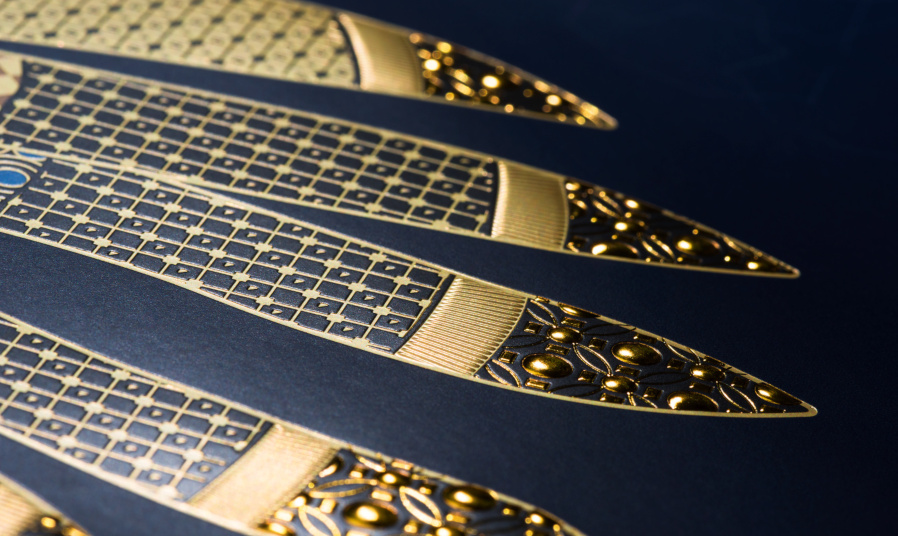
Embossing & Debossing
Embossing is the process of using male and female etched dies, and heat to raise or push letters or a design above the paper. By using embossing, you can enhance your print with amazing 3-d effects. Embossing is generally applied in conjunction with other techniques like foil stamping or spot UV lamination. Embossing adds a tactile dimension to your printed material.
Debossing is just the opposite of embossing. This technique usually applied to depress or indent certain portion of things of a page
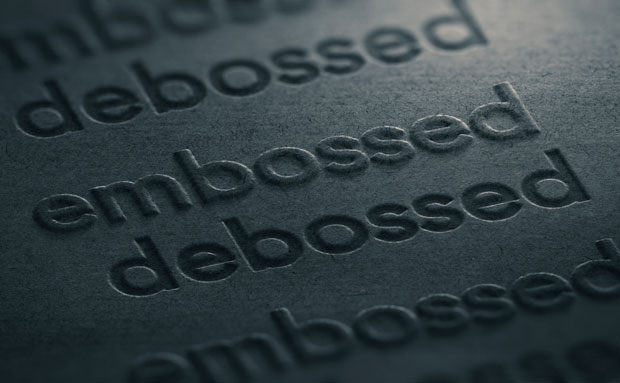
For further information, please contact marketing@winghung.com
